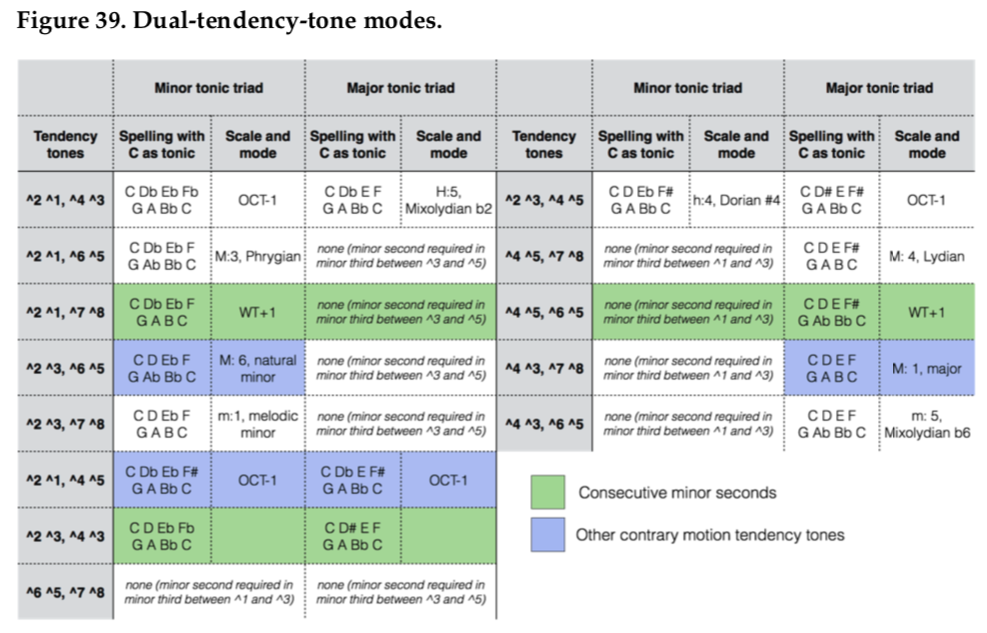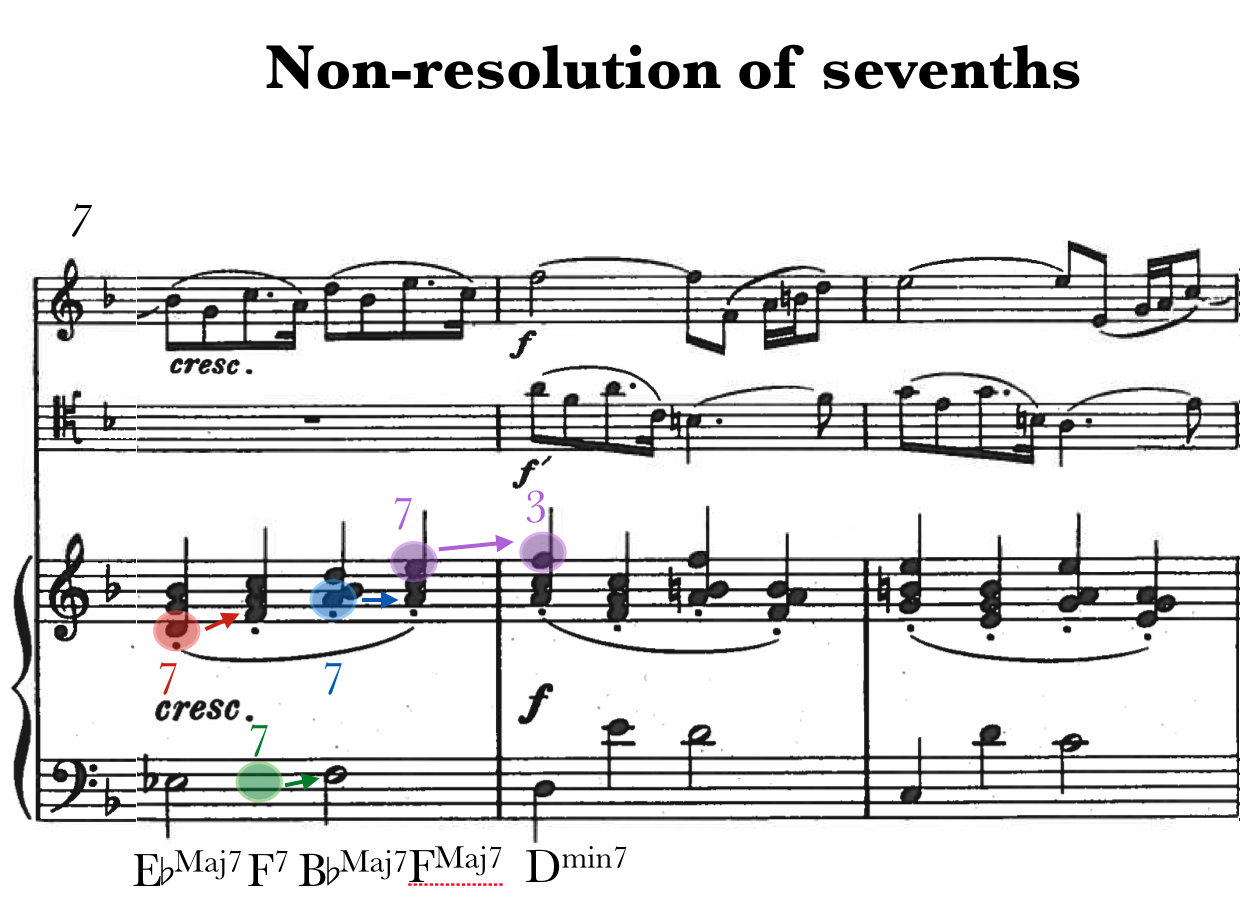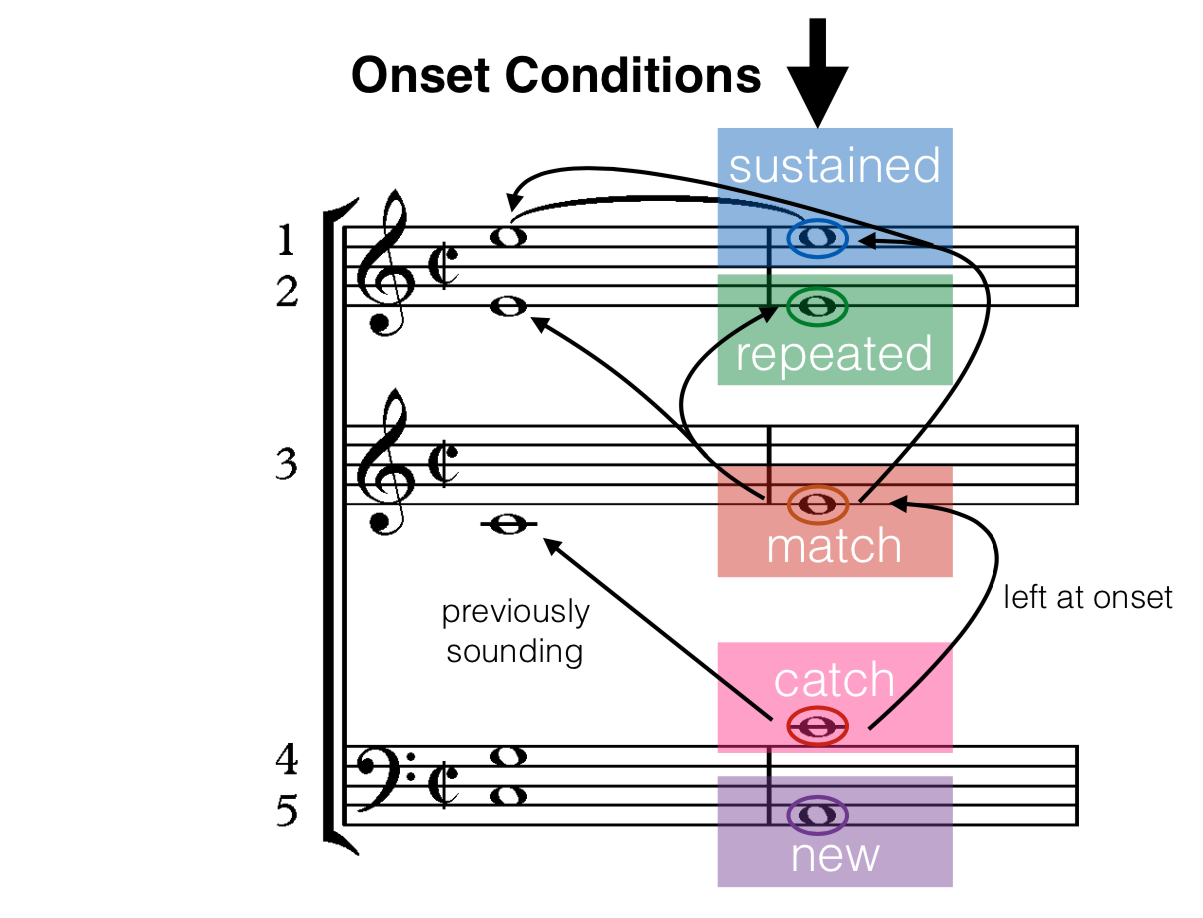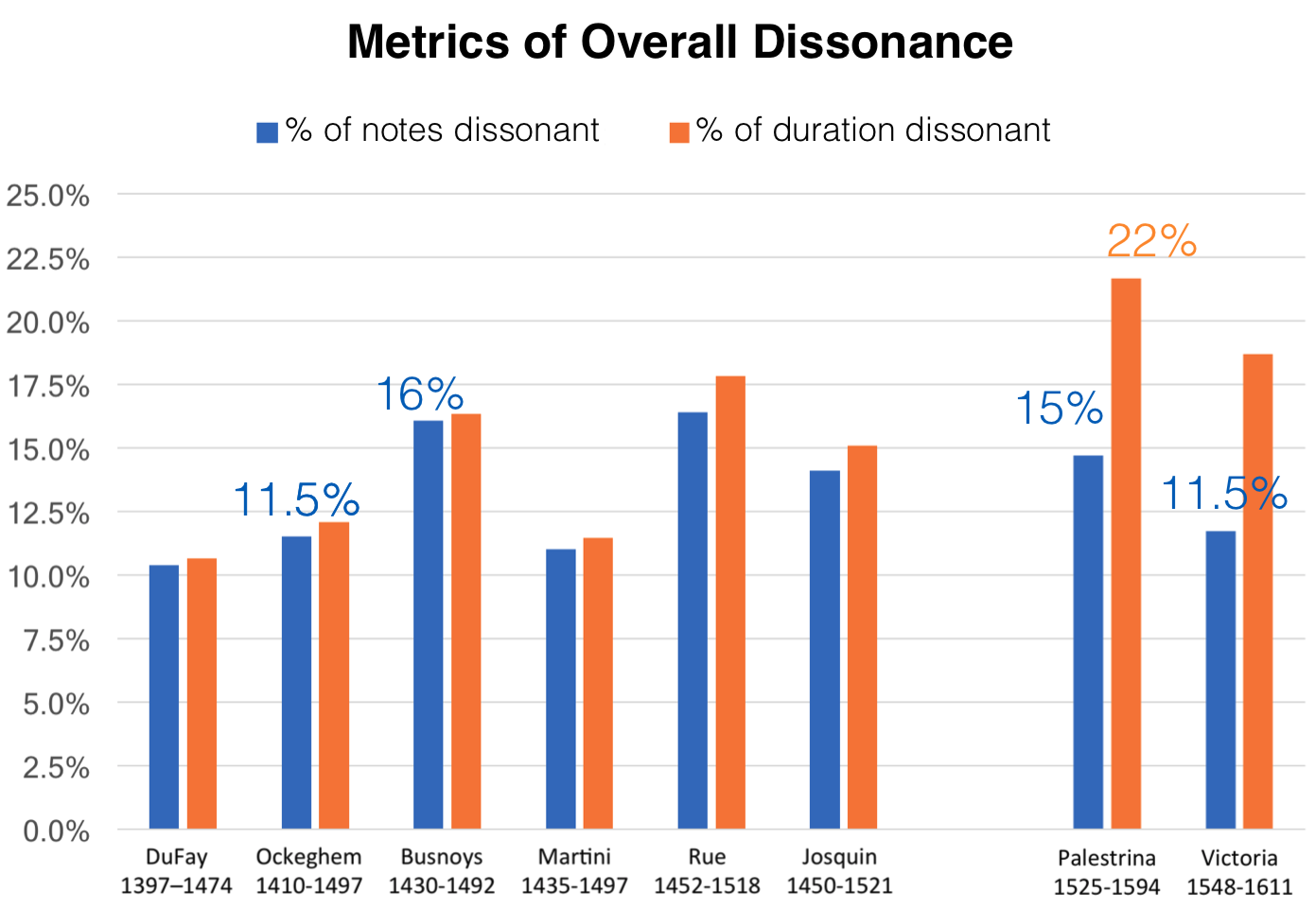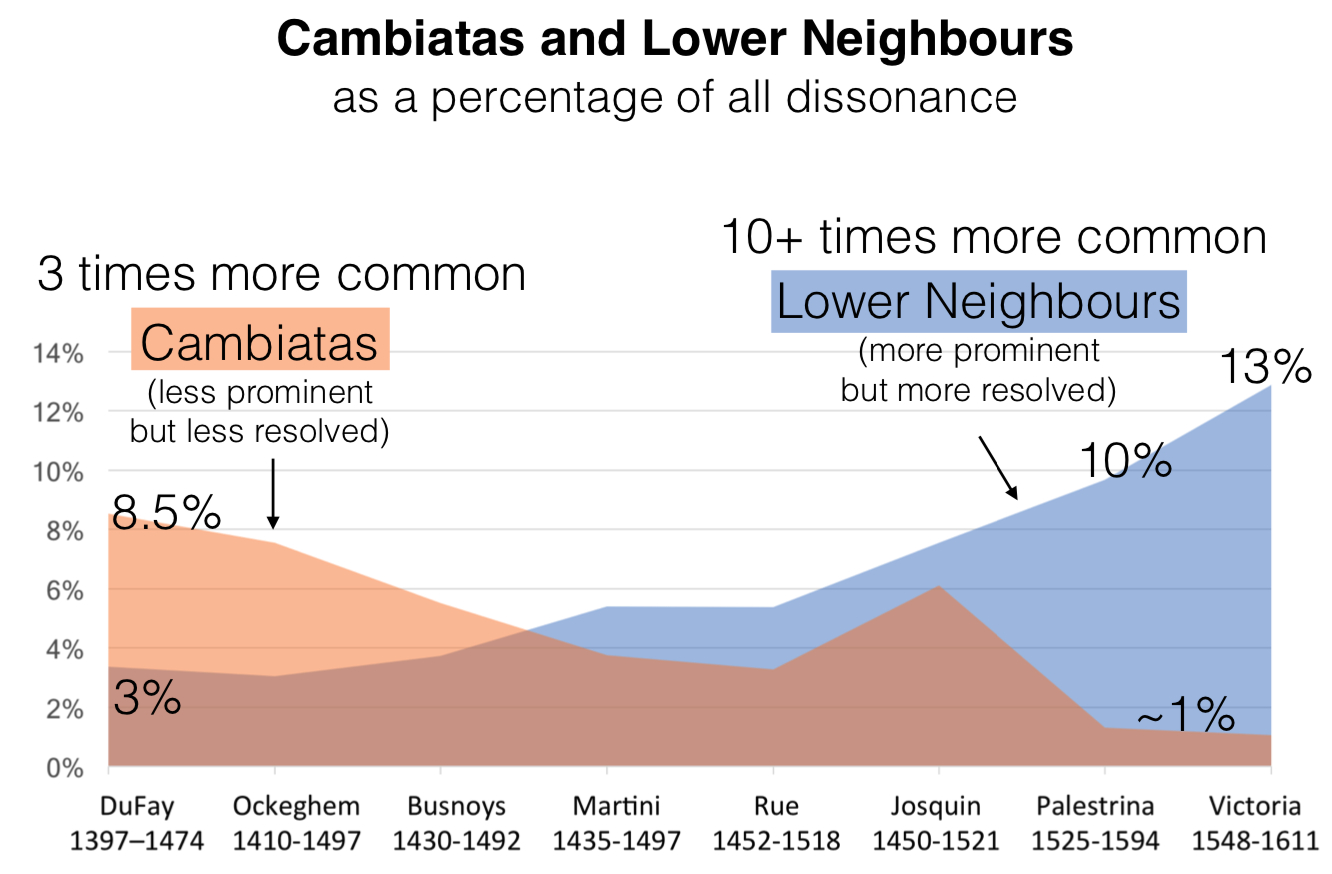Download
I have often explored the use of non-diatonic modes in my chamber music, for example in my 2014 string quartet. In this thesis, I wanted to explore what I had been doing from a more theoretical perspective.
Abstract: The topic of this thesis is the properties of scales and modes other than the familiar major and minor, and the possibilities these afford for extended tonality and alternative functional harmony. In chapter one, I develop a systematic account of how to describe a large set of musically useful scales by using a generated line of intervals. This account is based on Hook's (2011) use of the line of fifths, but generalized to any eligible generating interval. In chapter two, I review the theoretical literature on various relevant scale properties, such as transpositional asymmetry and intervallic content. I discuss the implications of these properties when modes of these scales are realized in actual music. In chapter three, I discuss the placement of "tendency tones"—minor seconds that resolve to a member of the tonic triad—in various scales and modes, and how this placement affects the tonal implications of a given mode. In connection with this argument I introduce the idea of modal pitch-class sums and show that a mapping exists between these sums and a scale's structure upon the line of fifths. Finally, chapter four discusses how different structures of harmonic functions (analogous to the familiar tonic, subdominant, and dominant functions) can be realized within a mode. Building on the account of tendency tones developed previously, I discuss the contribution of these functions to the tonal dynamics of a given mode.


